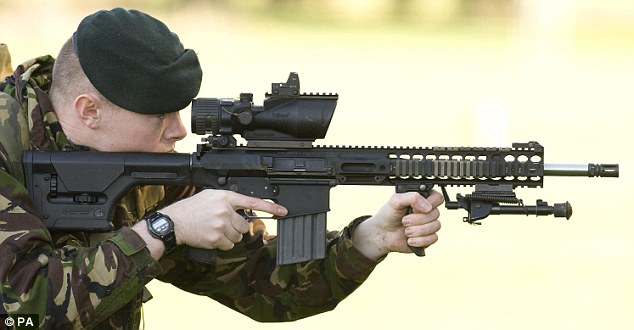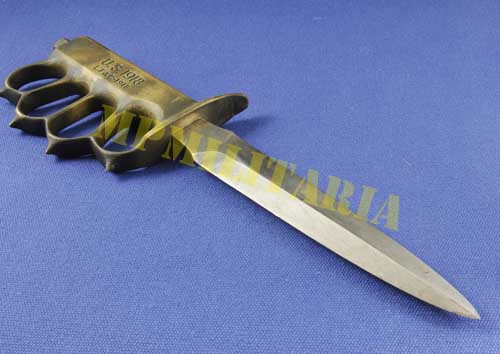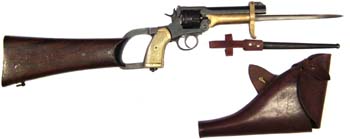Our Vietnam era SLR (=FN) was about nine and half pounds.
I didn’t find it unduly heavy to carry. For transport, it had a carry handle about the mid-point for weight, but I don’t recall anyone using it much, probably because it was a useless position from which to get the weapon into quick action and wouldn’t be used in the field anyway. [Then again, I don’t recall much from that long ago.  ] No doubt useful for non-combat transport marches.
] No doubt useful for non-combat transport marches.
As for modern Western soldiers, they probably carry far too much field kit, but a lot of that comes from protection against IEDs and wearing ballistic vests etc, along with stuff like night vision and personal communications gear.
Whether that gives them much of an advantage over more lightly equipped and equally well trained troops is debatable. For example, more lightly equipped North Korean and Chinese troops in the Korean War and North Vietnamese Army troops in Vietnam weren’t routinely massacred by more heavily equipped Western troops when they were equal.
The major advantages of Western troops in conflicts such as Vietnam, recent Iraq and Afghanistan are, in random order, armour (whether AFV or troop transport); artillery; air support; and communications. If the NVA had had equivalent artillery and air support in Vietnam, that war would have come to an earlier end.
Body armour etc is more in the nature of occupational personal protection equipment than anything which gives the soldier a field advantage over his enemy, apart from a reduction in deaths and injuries which is, of course, an advantage to any army.
Comparing my son’s current standard infantry field weight with our WWII equivalent, he’s carrying about two thirds more to twice the weight, despite lighter basic weapon and ammunition for Steyr. I doubt it makes him two thirds more or twice as efficient or effective as his WWII forebears.
I’m also fairly confident that enemies hit by my son’s generation of .223 rounds would prefer that to being hit by my generation’s and WWI/WWII weapons around .30 to .308. I know which one I’d rather be using to stop someone, or to penetrate solid cover etc.

 ] No doubt useful for non-combat transport marches.
] No doubt useful for non-combat transport marches.


